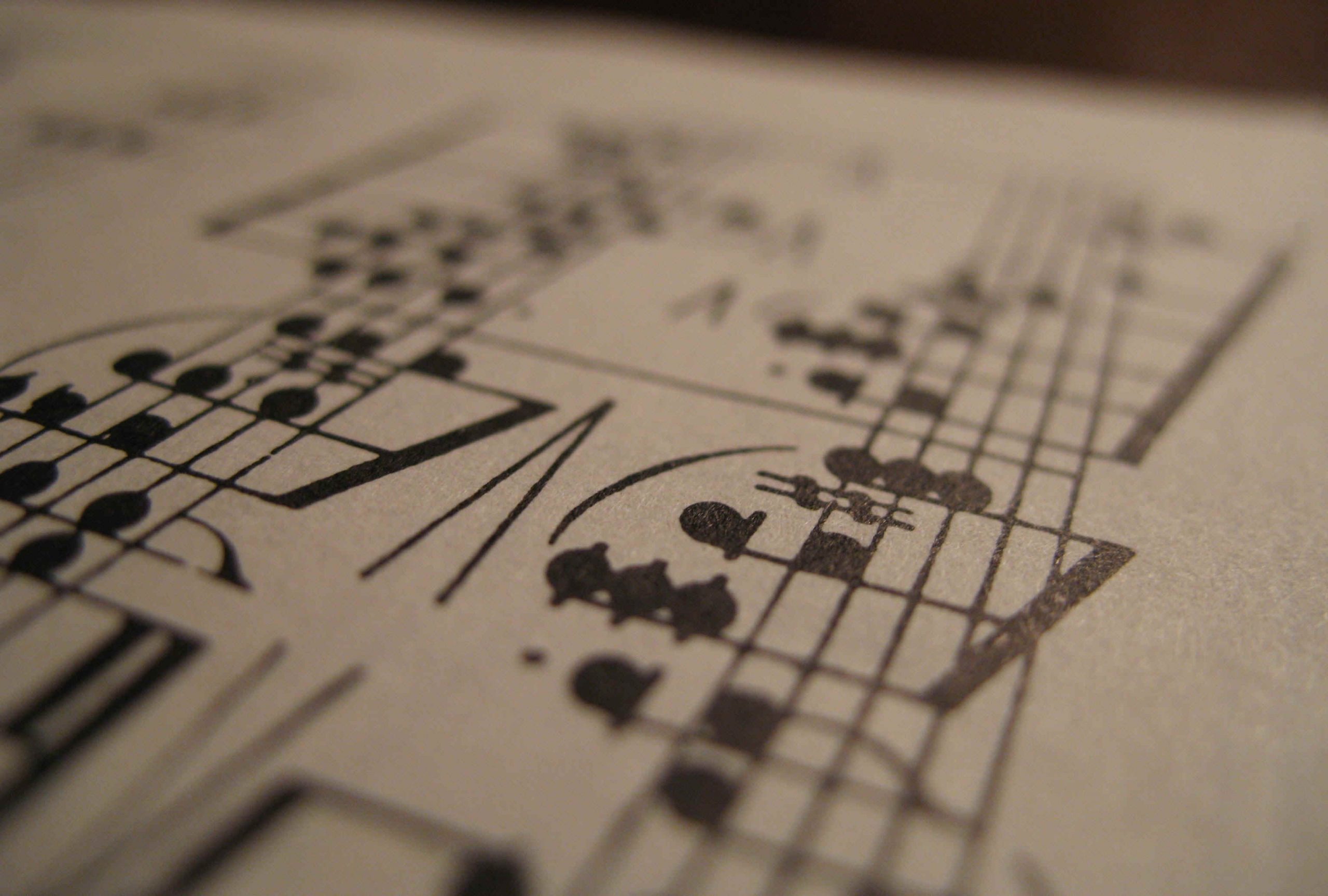
Music for Children and Adults
There is a big difference between teaching children and teaching adults, this changes the dynamic of the class whether it is online or in person. There is a reason why some people prefer to work with children and why others prefer to have a more mature class, and it’s because the experience is almost completely different. It could be very helpful to think about these differences and how it should affect the approach from the teachers side.
While it’s impossible to be perfectly accurate, a range of ages and categories could definitely help organize the way we approach different types of groups.
Very Young Children (from 4 to 7)
At this age the most important factor is to have their attention with something fun, and through this, give little doses of knowledge. This applies to every area of education, however with music, it tends to be a little more dynamic friendly. Music can be very fun without any problems at all
Children (8 to 12)
This is when discipline starts to be a very important thing to focus on, because it’s very easy for children around this age to run wild and find distractions, it’s not as simple as making it fun for them, it’s also a matter of keeping them interested. At this age real preferences and interests start to come out, they begin to test the waters and guide themselves with their taste in music, sports, games, or any other activity.
Because of this the students will become varied, and with different orientations, but without much discipline or disposition to be in a class and learn. This is the time for questions,
Teenagers (13 to 17)
At this point bigger words are said, bigger meanings are found, tougher music is played and understood, and there is a growing sense of determination towards learning, in this case, practice music in order to achieve their personal goal as musicians.
This is also the beginning of their lives being more independent, making more decisions and exploring different parts of their lives, trying new things. This will show in a class room or in an online class, as students will be eager to apply the things they learn into their own ideas.
Young adults (18 to 26)
These are the students that are closer to have university type of experience or probably with a regular job, clear aspirations and a sense of responsibility. For some, this is the ideal moment to start learning music in an academic sort of way, because everything they learn will be taken with more attention and maturity than to say an 8 year old. This does not mean that children shouldn’t learn, it just means that the overall experience may be more complete if have the experience and discipline for it.
Adults (27 and more)
They can range from a very passionate musician that didn’t start very young but nonetheless aspires to do great things with music, to an older person that always wanted to learn about music and takes it as a hobby. Still, both types are the kind of people that can almost be equals to the teachers in terms of life experience, this doesn’t mean the student can question the teacher, it means that in terms of communication they share a common ground through experience.
These are just some characteristics of eras in a person’s life that can be a soft general rule most of the times, and in a way it can help organize how music should be taught depending on the age of the students, and why it’s better not to mix it up too much when it comes to the ages of the students.


